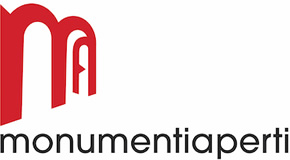Along the entire eastern coastal stretch between the harbor and the small church of Balai, within the outcropping limestone bank (already extensively exploited in Roman times as a quarry for building material), there are numerous findings of burials, of different types, which point to a use of the area for cemetery purposes in a chronological span between the 2nd and 7th centuries AD. In the area behind the Nautical Technical Institute is one of the most interesting burial areas of ancient Turris Libisonis: the hypogeic burial complex of Scoglio Lungo, carved into the limestone hillside and used between the 3rd and 7th centuries AD. Discovered by Guglielmo Maetzke in 1963 following earthworks that seriously compromised its preservation, the site consists of four adjoining rooms, in the walls of which numerous arcosols open up.
Some of the approximately fifty burials identified, distributed among sarcophagi and pit graves, have yielded important grave goods, including a copper jug, bronze and silver jewelry, a bone comb, and a bronze stadera.
Prominent among the ceramic finds is a single-handled ribbed jug (5th-6th century CE).
The evident architectural and ritual relationship existing between the Scoglio Lungo arcosolium tombs and the nearby Tanca Borgona hypogeum leads the monuments back to use by small communities or funerary associations, which laid the deceased within reserved, distinct and monumentalized spaces, often enriched with decorative solutions that sometimes emphasize the economic capabilities of the patrons.









